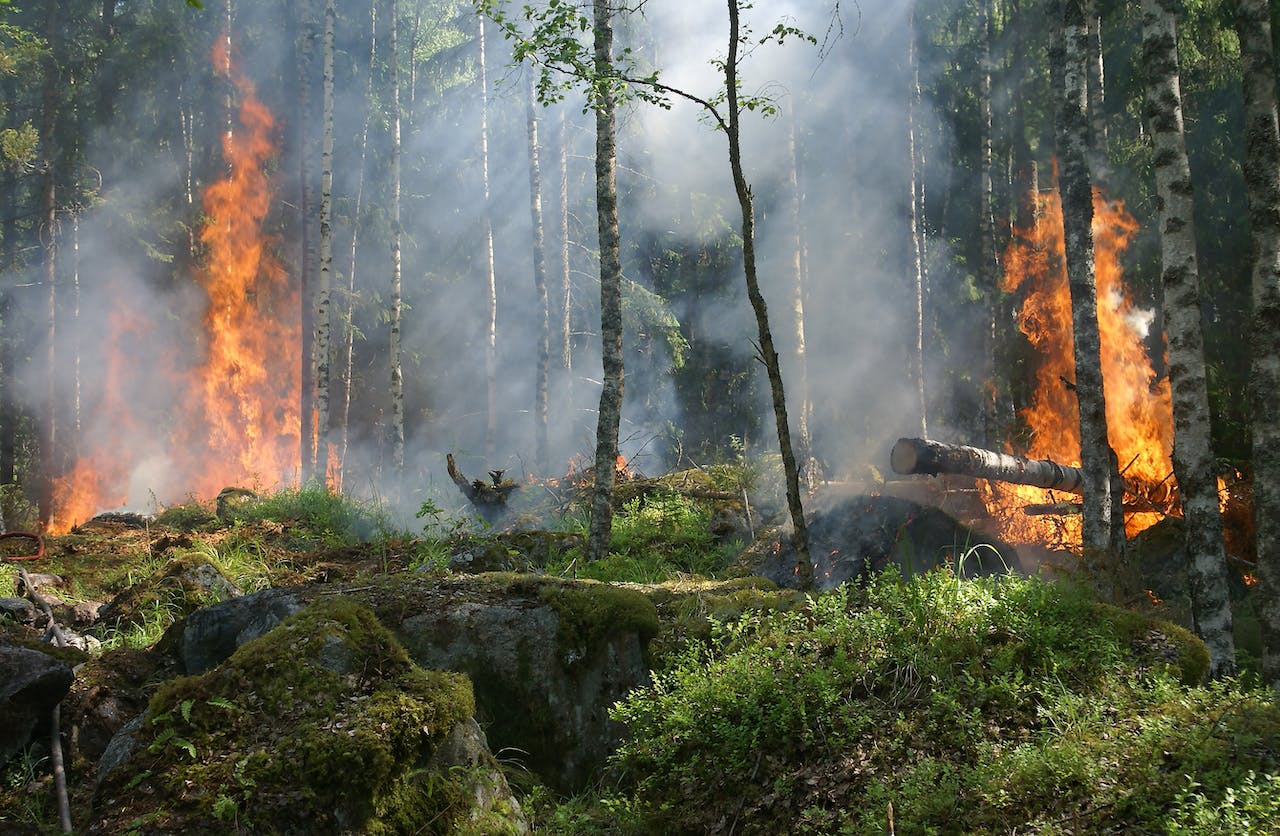Wildfires wreak havoc on ecosystems, destroy homes, and pose significant threats to human lives. It has become increasingly clear that traditional firefighting methods may not be sufficient to tackle the scale and complexity of wildfires.
Enter firefighting robots – a technological solution that holds immense promise in revolutionizing our approach to wildfire management. As reported by Eastern Oregon University, these robots are the future of firefighting. That being said, the increasing number of wildfires across the world has made it necessary for these robots to engage in firefighting at present.
Here are a few compelling reasons why we need firefighting robots to confront the growing wildfire crisis.
Importance of Firefighting Robots
1. Protecting Human Lives
Wildfires are inherently dangerous, often spreading rapidly and unpredictably across vast areas. The brave men and women who make up our firefighting teams put their lives on the line to combat these infernos.
Introducing firefighting robots can significantly enhance the safety of firefighting operations by allowing machines to take on the most hazardous tasks. These robots can navigate through dense smoke, reach inaccessible areas, and withstand intense heat, minimizing the risk to human firefighters.
Besides, the use of robots can also help firefighters avoid serious health risks like cancer. That’s because these professionals are often required to use toxic firefighting foam for dealing with heavy fires. Such was the case that led to the AFFF lawsuit.
According to TorHoerman Law, the AFFF firefighting foam contains ‘forever chemicals’. It was later revealed that these chemicals, through AFFF exposure, were causing cancer among the foam users. Thus, the AFFF cancer lawsuits were filed.
The AFFF lawsuits highlight the need for safer firefighting foam for firefighters. However, if such foams must be used, robots can be deployed instead of risking human lives.
2. Constant Monitoring and Early Detection
EOS Data Analytics points out that one of the key challenges in wildfire management is the timely detection of ignition points. Traditional surveillance methods, such as lookout towers and aerial patrols, have limitations in terms of coverage and real-time monitoring.
Firefighting robots equipped with advanced sensors and artificial intelligence algorithms can provide continuous surveillance of high-risk areas. These robots can detect signs of ignition, such as heat and smoke, and alert authorities instantly.
By maintaining a constant vigil, firefighting robots can significantly reduce response times, allowing firefighting teams to prevent small fires from escalating into uncontrollable infernos. The ability to monitor vast expanses of land 24/7 ensures a proactive rather than reactive approach to wildfire management.
3. Targeted Suppression Efforts
Traditional firefighting methods often involve deploying large numbers of personnel and heavy machinery to contain and suppress wildfires. While these efforts are crucial, they can be resource-intensive and may not always be the most effective approach.
Firefighting robots, equipped with precision tools and technologies, can execute targeted suppression efforts. Drones with firefighting capabilities can deliver water or fire-retardant chemicals with pinpoint accuracy, minimizing wastage and maximizing the impact on the fire.
This precision firefighting not only conserves resources but also allows for a more strategic and efficient allocation of firefighting assets.
4. Adaptability to Challenging Terrain
Wildfires often occur in remote and rugged terrains that are difficult for traditional firefighting equipment to access. Steep hills, dense forests, and uneven landscapes pose significant challenges to human firefighters and their machinery.
Firefighting robots, designed with mobility and adaptability in mind, can navigate through these challenging terrains with ease. Unmanned ground vehicles (UGVs) and drones can reach areas that are otherwise unreachable, allowing for a more comprehensive and effective firefighting response.
This capability is particularly crucial in the wildland-urban interface, where traditional firefighting methods may be limited by the complexity of the environment.
5. Data-Driven Decision-Making
In the face of a rapidly spreading wildfire, situational awareness is paramount for making informed decisions. Firefighting robots equipped with sensors and cameras can collect real-time data from the heart of the inferno. This provides incident commanders with crucial information to make strategic decisions.
Robots can relay data on fire behavior, weather conditions, and the effectiveness of suppression efforts, allowing firefighting teams to adapt their tactics dynamically. The integration of artificial intelligence can further enhance the analysis of this data, providing predictive insights into fire behavior and potential areas of concern.
With the power of data-driven decision-making, firefighting robots enable a more agile and responsive approach to wildfire management. According to the Global Partnership for Effective Development Co-operation, Korea is already doing this. This is being done through large-scale surveys using mobile apps. Introducing robots into this mix will enable real-time data collection, further enhancing the overall process.
Conclusion
Based on these reasons, it’s evident that firefighting robots will make life a lot easier for firefighters. At the same time, efficient usage of these robots will enable effective wildfire management. This is something we desperately need, given the state of increasing wildfires across the world.
































































